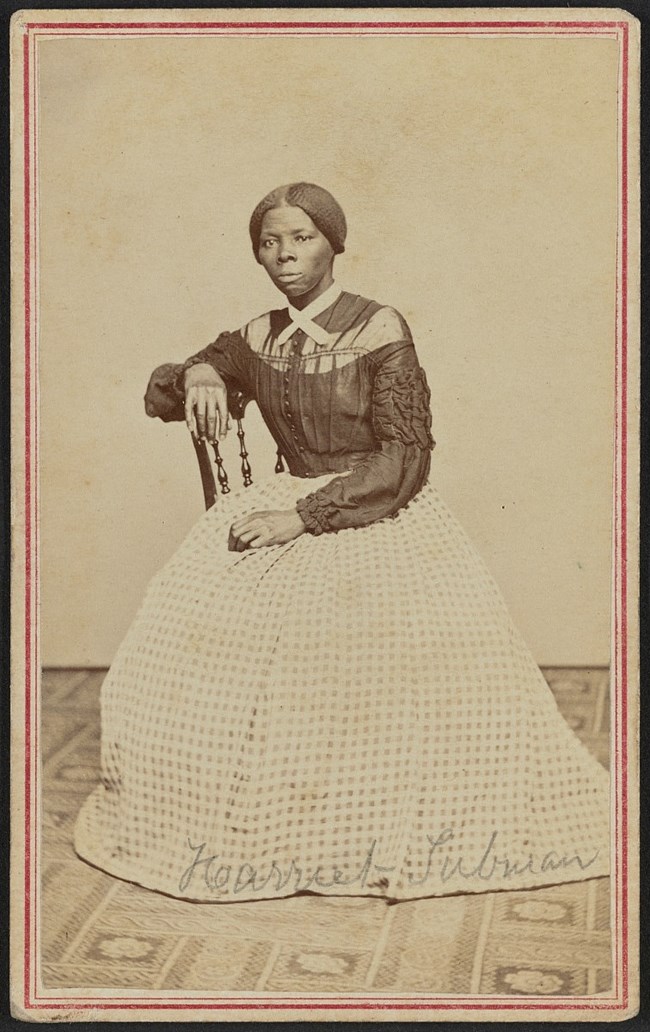Last updated: January 23, 2025
Article
Harriet Tubman's Boston: c. 1858
The following article is part of a series exploring Harriet Tubman's deep connections to Boston, highlighting several key moments, people, and places that illustrate her long relationship with the city and its community. To learn more, visit Harriet Tubman's Boston.

National Museum of African American History and Culture
"Moses"
Samuel May House, 27 Hollis Street
It is not clear when Harriet Tubman first visited Boston. Freedom seeker and abolitionist William Wells Brown wrote that she first came to the city in 1854 and "was soon a welcome visitor to the homes of the leading Abolitionists, who were always attentive listeners to her strange and eventful stories."1 An 1892 account referred to her as "a conspicuous figure at all the anti-slavery meetings in Boston eight or nine years before the rebellion."2 Though these accounts suggest Tubman visited the city in the early 1850s, most sources indicate her activity in Boston began in 1858.3 Given the need for secrecy surrounding her work on the Underground Railroad, she may have wanted to keep her whereabouts and identity unknown.
William Lloyd Garrison, Jr., son of the activist editor of the Liberator, remembered first meeting Tubman at the home of abolitionist Samuel May around 1858. "There was a small gathering of antislavery friends," he said, "among whom were John A. Andrew, Wendell Phillips, and my father...Harriet had just returned from one of her periodical incursions in the South."4
Tubman came to Boston several times in the late 1850s and early 1860s to raise funds for her work on the Underground Railroad. She also sought financial support to care for her aging parents and other dependents at her home in Auburn, New York.5 Tubman met friends and allies at these early meetings in Boston, sustaining these relationships for the rest of her life. One of these friends, William Lloyd Garrison, Sr., introduced her to audiences as his "Foster-sister."6 Tubman credited Garrison with giving her the name "Moses."7
Footnotes
1. William Wells Brown, The Rising Son, or, The Antecendents and Advancement of the Colored Race (Boston: A.G. Brown, c1876), 537.
2. Plaindealer. September 9, 1892.
3. Kate Clifford Larson, Bound for the Promised Land: Harriet Tubman, Portrait of an American Hero (New York: One World, 2005), 352, n 37.
4. Boston Evening Transcript, April 13, 1897, 6.
5. Larson, Bound for the Promised Land, 161-163.
6. The Freeman, November 5, 1892.
7. The Brooklyn Eagle, 23 October 1865.
